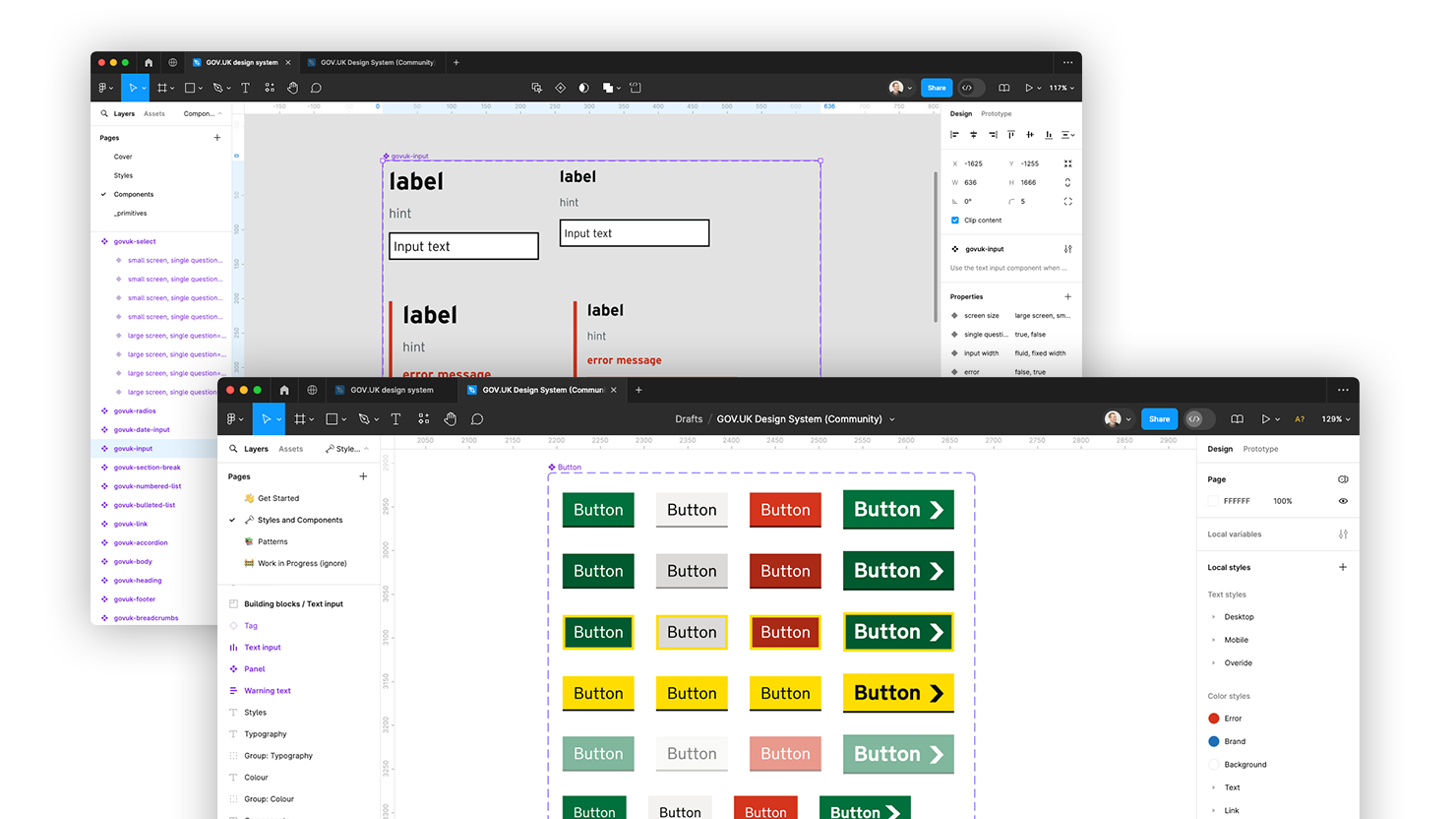The role of healthcare UX and technology in mental health assessments

Welcome to the final chapter of our 4-part Healthcare UX design series. In this blog post, we look at the role UX design and technology play in improving mental health assessments.
Limitations of traditional assessments
Traditional assessment methods in mental healthcare rely on simple questionnaires which gauge the severity of conditions such as depression and anxiety. These standardised assessments, like the Patient Health Questionnaire 9-item depression scale (PHQ-9) and 7-item Generalised Anxiety Disorder scale (GAD-7), have served as the industry standard for years.
However, as technology advances, there's a growing recognition that these one-size-fits-all approaches may not provide the depth of insight needed for effective mental healthcare assessment
While widely used and validated, traditional assessment tools like the PHQ-9 and GAD-7 have limitations. Their static nature and lack of adaptability mean they may not capture the nuances of an individual's mental health condition. Additionally, they may fail to prioritise cases based on urgency, leading to delays in treatment for those in acute distress.
Enter personalised assessments
With the emergence of healthcare technology-driven solutions, there's a shift towards UX-designed personalised assessments that utilise machine learning (ML) algorithms. These innovative models build upon the foundation laid by assessments like the PHQ-9 and GAD-7 but offer a significantly higher resolution of patient data. By analysing vast amounts of data and adapting in real-time, these assessments can provide tailored recommendations for treatment, improving the overall efficacy of mental health interventions.
Balancing accuracy with user experience
As healthcare assessments become more detailed and data-driven, there's a risk of overwhelming users and demanding their attention for extended periods. In an age where digital products compete for users' limited attention—a phenomenon often referred to as 'The Attention Economy'—experience design becomes paramount. User-centred design principles can optimise the assessment process to minimise cognitive load and maximise user engagement, ensuring that individuals can provide the necessary information without feeling burdened or fatigued.
The Psyomics approach
At the forefront of this revolution is our client Psyomics, a company dedicated to providing deeper insights into mental health needs. Their digital mental health assessment platform, Censeo, goes beyond the limitations of traditional assessments by utilising technology to match individuals with the most appropriate and effective treatment options. By triaging cases quickly and efficiently, Censeo ensures that high-priority cases receive prompt attention, ultimately improving patient outcomes and optimising healthcare resources.
A more accessible and effective mental healthcare system
By embracing innovative technologies and maintaining a strong focus on user experience (UX) and design, the healthcare sector can provide effective, accessible, and personalised care.
At Fluent, we're committed to supporting the digital healthcare sector through our expertise in design and development. We work alongside our clients, including CMR, ieso, Nye Health, Oxford VR, Rey, and Psyomics, to create healthcare solutions that truly make a difference.
To all healthcare innovators and pioneers, whether you're already on this journey or just starting out, we invite you to collaborate with us. Together, we can continue to push boundaries, improve outcomes, and transform the landscape of mental healthcare for the better. Get in touch today and let's create a brighter future for mental wellness, one innovative solution at a time.
Ready to solve your problems?
We'll help meet the challenges facing your growing business. Get in touch and tell us what you need, the team can't wait to hear from you.
Contact us
![2295X1200 Social Media [ All ] 01](https://fluent-umbraco-hwduaufvc9h8gbad.uksouth-01.azurewebsites.net/media/scujluzj/2295x1200-social-media-all-01.jpg?width=3840&height=2160&quality=70&format=Webp)

